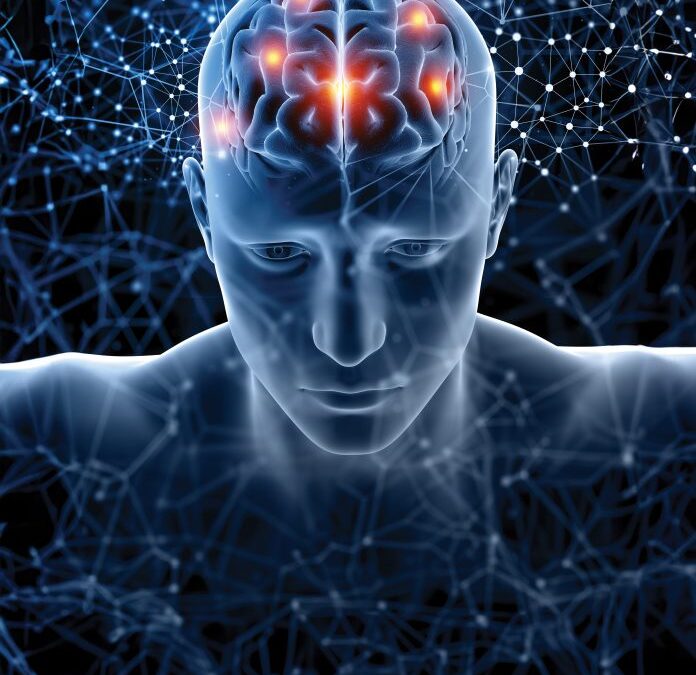


A Landscape of Consciousness: Toward a Taxonomy of Explanations and Implications by Robert Lawrence Kuhn
Abstract: Diverse explanations or theories of consciousness are arrayed on a roughly physicalist-to-nonphysicalist landscape of essences and mechanisms. Categories: Materialism Theories (philosophical, neurobiological, electromagnetic field, computational and informational, homeostatic and affective, embodied and enactive, relational, representational, language, phylogenetic evolution); Non-Reductive Physicalism; Quantum Theories; Integrated Information Theory; Panpsychisms; Monisms; Dualisms; Idealisms; Anomalous and Altered States Theories; Challenge Theories. There are many subcategories, especially for Materialism Theories. Each explanation is self-described by its adherents, critique is minimal and only for clarification, and there is no attempt to adjudicate among theories. The implications of consciousness explanations or theories are assessed with respect to: meaning/purpose/value (if any); AI consciousness; virtual immortality; and survival beyond death. A Landscape of Consciousness, I suggest, offers perspective

Rebalancing Our Brain: The Crisis of Meaning in the Age of AI – by Todd Pringle PhD, The Dakota Review
The brain is divided down the middle, with the two hemispheres of the cerebral cortex attending to the world differently. The right hemisphere vigilantly and empathetically attends to the whole, while the left hemisphere reduces that whole into parts in order to take action in pursuit of goals.

Left Versus Right Hemisphere: The Sorcerer’s Apprentice Syndrome – David Murray
Dr Iain McGilchrist’s work on neuroscience has widened the scope of theoretical knowledge of the brain and its functions. His books are written in simple terminology accessible to the layman. In describing insights into the relationship between the hemispheres of the human brain, McGilchrist lays out theories that are integral to an evolving understanding of the subject. His conclusion is that civilisation itself is in danger if current trends in human cognitive behaviour continue. More optimistically, he explains how humanity has been here before and survived.

Buddhism is an Ideal Practice and Potent Tool for Balancing the Left and Right Hemispheres of the Human Brain by Nilantha Ilangamuwa
In this interview with Dr. Iain McGilchrist, a distinguished authority in neuroscience, we explore the nuances of contemporary society, education, and the profound implications of technological advancement, particularly artificial intelligence (AI). Dr. McGilchrist, renowned for his extensive scholarship on hemispheric specialization within the human brain, provides insights into the imbalance between mechanistic thinking and holistic understanding, advocating a critical reassessment of educational paradigms.debate.

